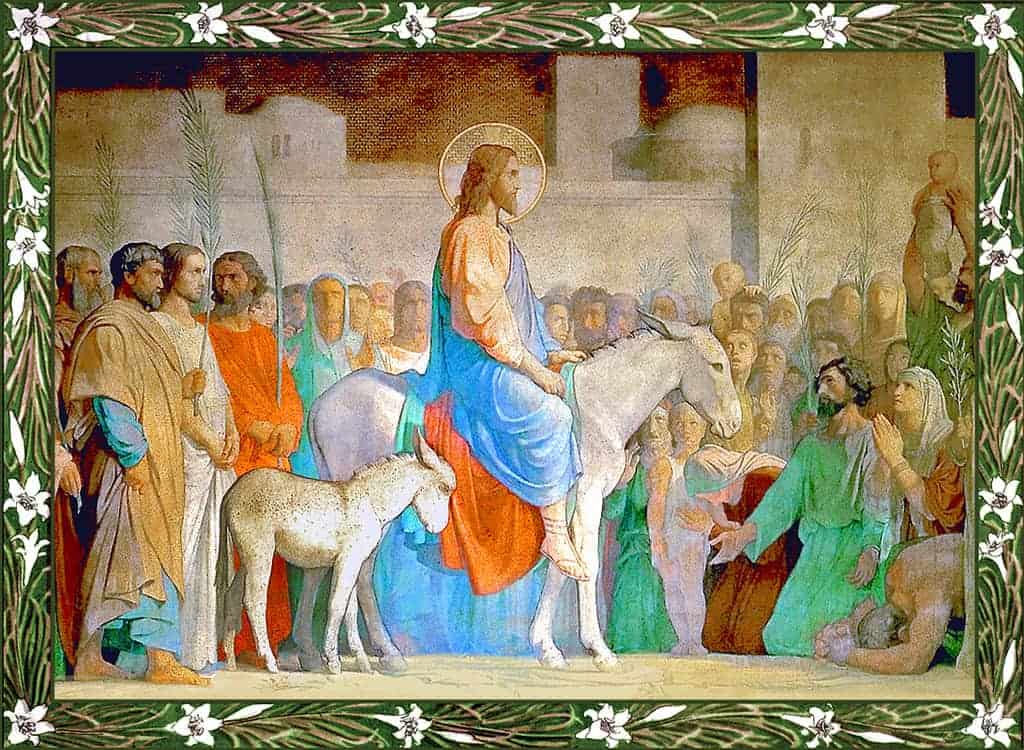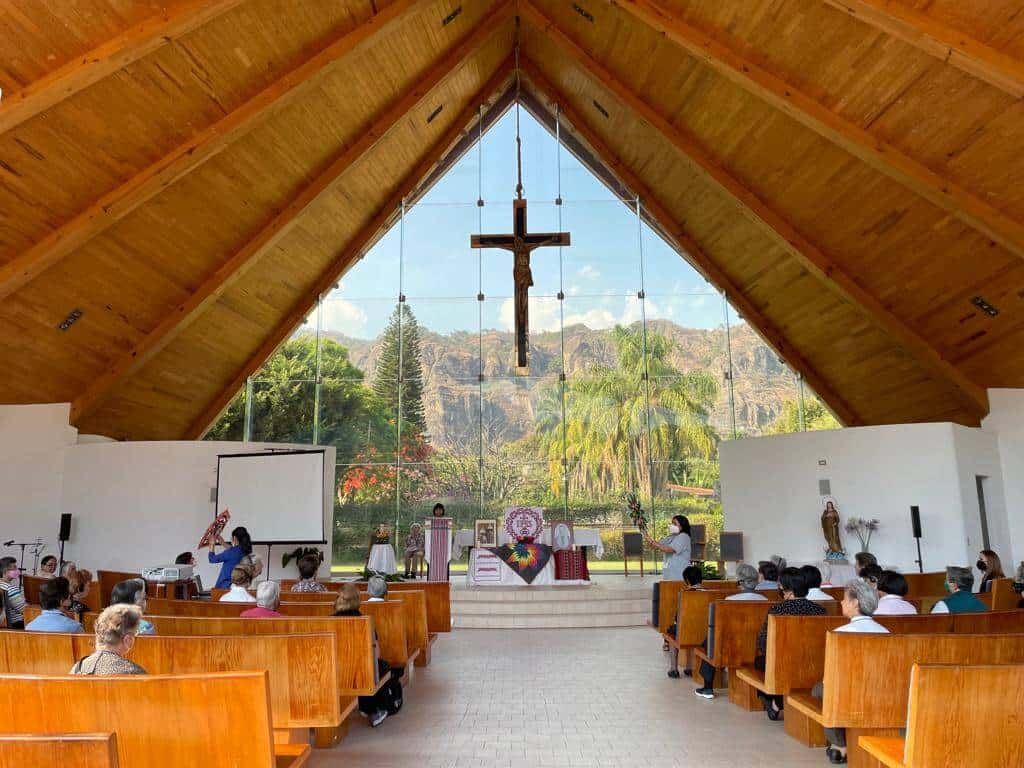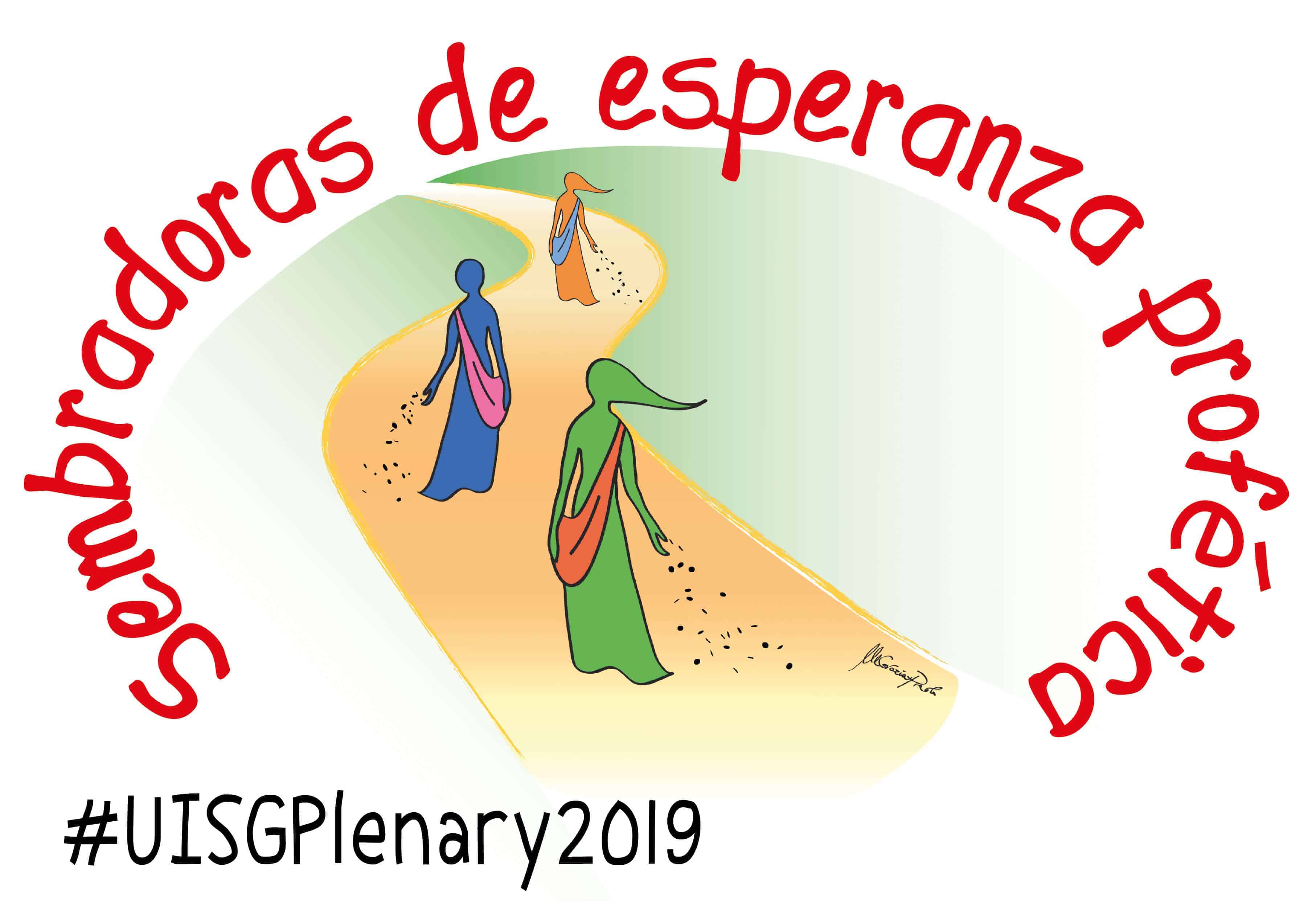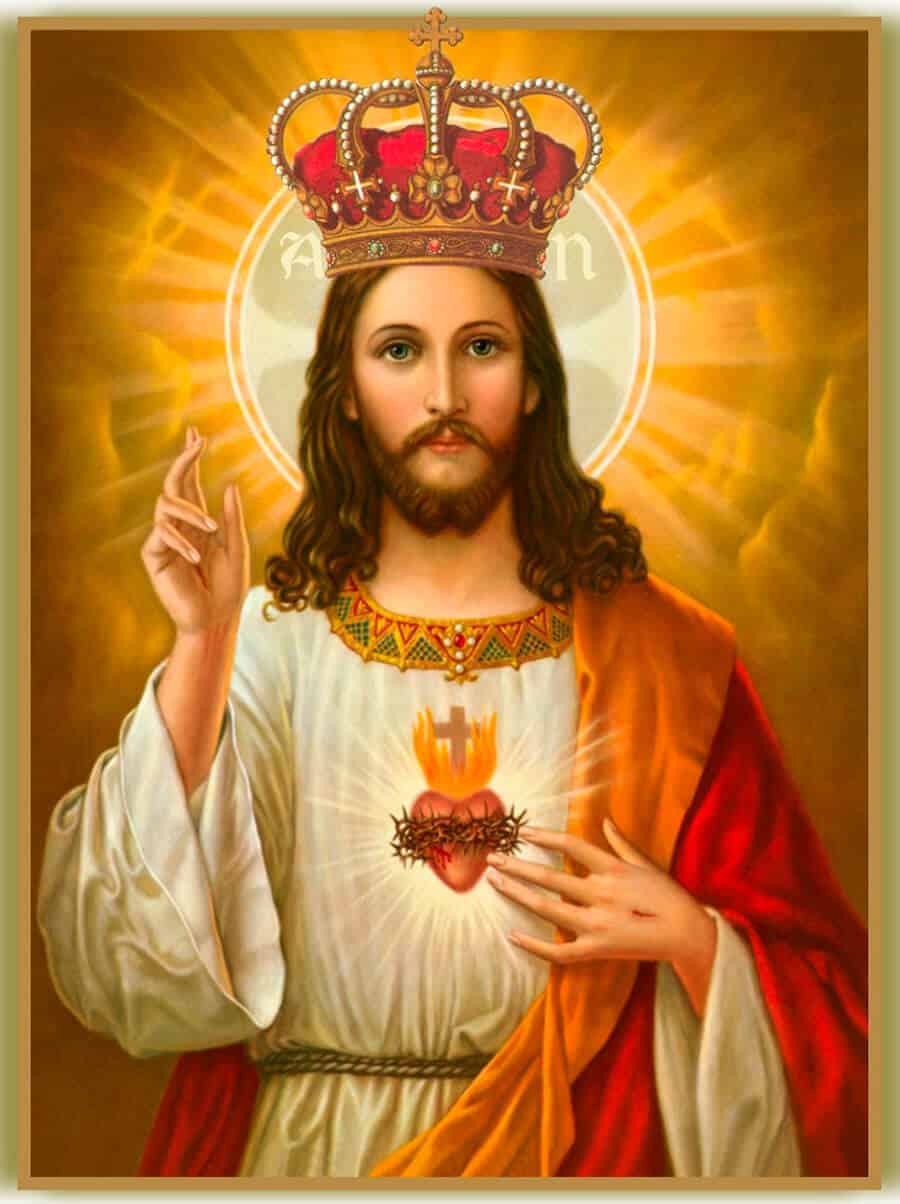With great tenderness, with lots of love, little by little, very carefully, looking into His eyes; touching Him with her hands.
I am sure that was how the woman, risking everything, came to anoint Jesus. This woman, whose name Mark does not give, was able to recognize Jesus as her Lord.
In this act of deep intimacy, surely Jesus’ feelings were moved and He had memories of scenes He had lived previously.
I want to imagine that at that moment, Jesus remembered the widow he had seen when He was with his disciples in the temple and she gave as alms everything she had to live with.
Surely Jesus also remembered the woman who had not been able to cure her hemorrhages for many years, and risking everything, she was able to touch Jesus and was healed by her faith in the words of Jesus.
Probably at that moment, Jesus also remembered the woman from Phoenicia with whom He had a very peculiar dialogue in which the woman, in a very creative way and with great humility was able to transform something in Jesus’ heart opening to something new.
Certainly, the scene of the woman anointing Jesus caused discomfort in those who were with Him. It led them to question the situation and to be upset. Today, it would also cause discomfort to more than one person.
However, Jesus answer was categorical:
Leave her alone, because she has done what she could do.
I want to think that in this action, Jesus felt He had been sent; He knew once more that He was confirmed and He could continue with his mission.
Let us remember that this is Palm Sunday, and this story is given to us within the Passion, we are very close to Mount Calvary.
Jesus continues on his path.
Later on, we will hear a phrase that touches us when we hear it from the lips of any person, but when it comes from Jesus’ lips, it reaches very deeply in us, in a different way.
Jesus, in his anguish, tells us: “I feel so sad that I could die”. It is very impressing to hear Jesus say this.
How often we have also felt so sad that we felt we were at the point of death… when a loved one has died, when a significant relation in our life comes to an end, when our dreams go to pieces. We have also felt this way and the fact that Jesus Himself expresses himself this way opens the possibility for us to communicate with Him, from heart to heart, so we may have an encounter with Him in our sorrow.
Let us stop in this sorrow for a while.
Let us look at our reality. Let’s leave our personal reality to look at the social reality. Wherever we look, there is violence, injustice, corruption. Apparently, this never stops, people disappear… there is death, there is a war that we are living and it is very painful.
Today, I think that Jesus’ words invite us to ask ourselves: “Is this reality also painful to you? Does it question you? Can you feel sad when you see this reality of death that is around us? Or are you indifferent to it?
I think that today Jesus is inviting us to ask ourselves: What can we do? Just like he said about the woman: “She has done what she could to”. What are we going to do so Jesus can say about us: “They have done what they could do”?
Jesus went back to pray and in his deep and intimate prayer with His Father, he received a confirmation once more, not without feeling fear, not without feeling anguish, as I said before. It was confirmed that He had to move on. And he came out.
Later on, Jesus is condemned, arrested, crucified. Jesus dies.
Jesus dies and He is on the cross.
And who do we see contemplating from afar? The women who had followed Him. They are at a distance contemplating; this is what Mark tells us, and today we can ask: Why are they far away? What does this mean? Why aren’t they at the foot of the cross?
Perhaps they felt a great fear, who wouldn’t have felt a great fear? Perhaps they were feeling a deep pain, surely they were very confused. However, they were there, contemplating.
I wonder if they also were contemplating in prayer, attitude which will later lead them to action.
Today, these women remind me of all those groups of women in Mexico, mothers of people who have disappeared, who have organized themselves, who have found courage, and who have gone out to look for their relatives who have disappeared. In most cases, they will find them dead. These mothers go out with picks and shovels to locate common graves. They find bones and more bones in those places, and keep on digging bones and more bones.
This is a reality of deep sadness, a sadness of death.
Jesus’ question returns, when facing this pain: What are you doing?
When facing this pain, what are we doing today to give sense to Jesus’ death?
We have lived this Lent trying, through prayer, fasting, and works of mercy, to live a process of deep transformation so that, little by little, we may continue to build the Reign of God.
Today, we are starting Holy Week, where in a more intense way we accompany Jesus in His Passion. We will accompany Him in his confirmation, in the deep prayer to His Father, in anguish and in uncertainty, until He can say, “Yes”. We will accompany Him on this road to the cross. We will accompany Him when He dies.
But today we know that the story does not end there.
We know that after that comes the life that we will celebrate next Sunday when we come to the Easter festivity.
In the meantime, let us continue asking ourselves: What do I have to do to respond to the reality we are living? What am I going to do, so that at the end of the day, at the end of each day, Jesus can also say about me: “She has done what she could do.”
Written by:
Adriana Calzada









0 Comments